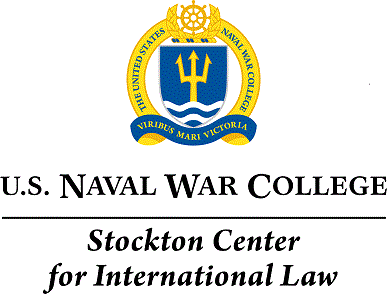
Abstract
This article analyses the changes in the law and practice of exclusion zones in the law of armed conflict at sea. It identifies three principal phases. First, it explores the exclusion zones of the Russo-Japanese War of 1904–1905, which were modest in size and defensive in character. Second, it turns to the exclusion zones of the First World War and several subsequent conflicts. The exclusion zones of this period were fundamentally different to those of the Russo-Japanese war: if a vessel was within an exclusion zone, it was deemed susceptible to attack. The article then turns to the third phase of exclusion zone, which can be traced back to the San Remo Manual on International Law Applicable to Armed Conflicts at Sea (1994). The San Remo Manual separated out the establishment of the zone from its enforcement and specified that the same law applies within the zone as outside it. It also set out regulations for the zones should they be created. The practice of States is considered throughout.
html
Included in
International Humanitarian Law Commons, International Law Commons, Law of the Sea Commons, Military, War, and Peace Commons
